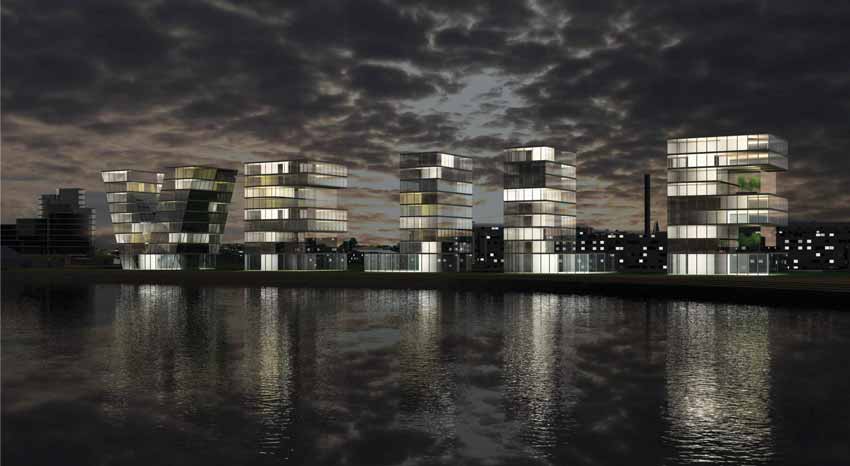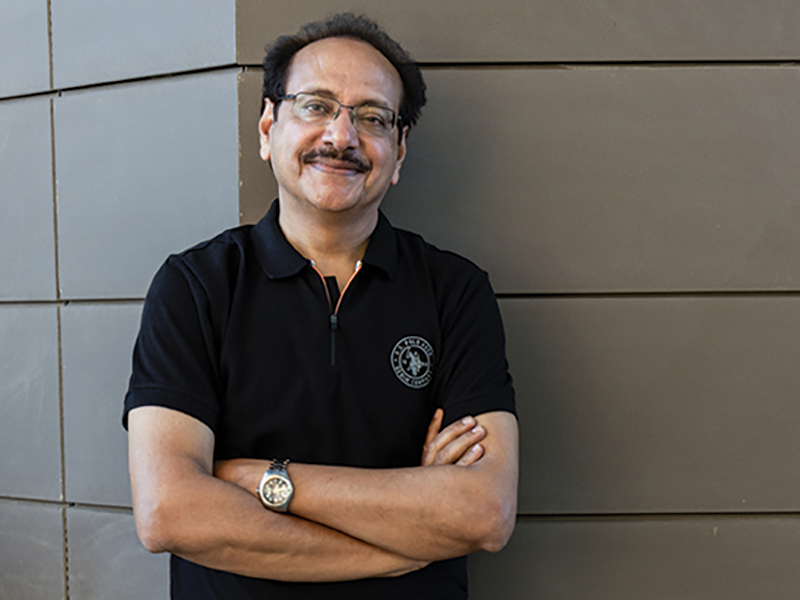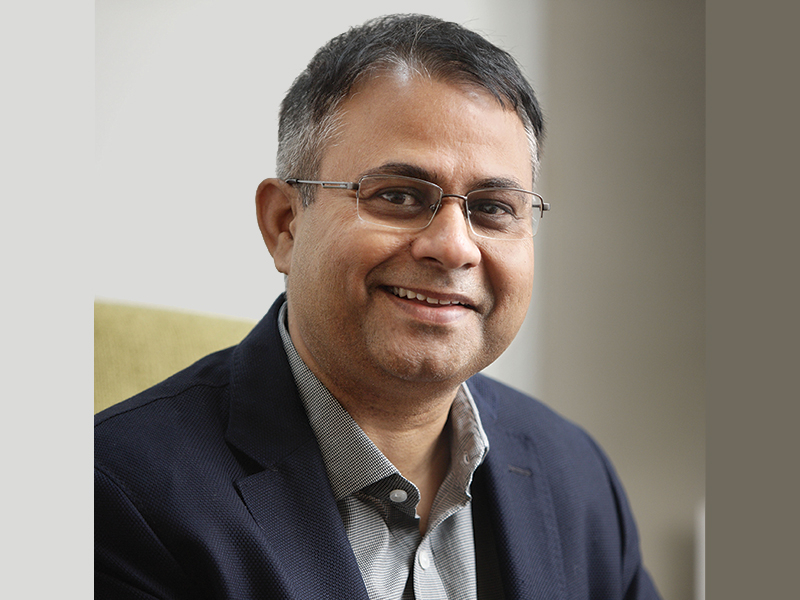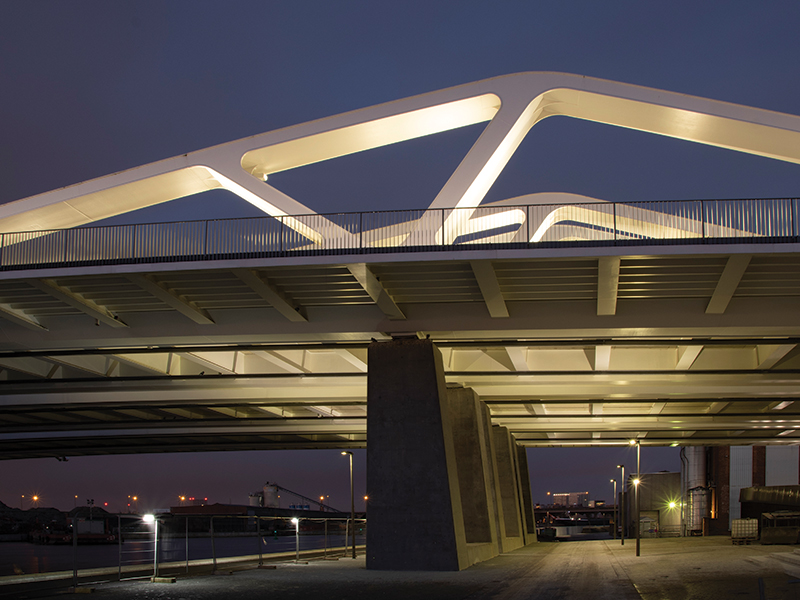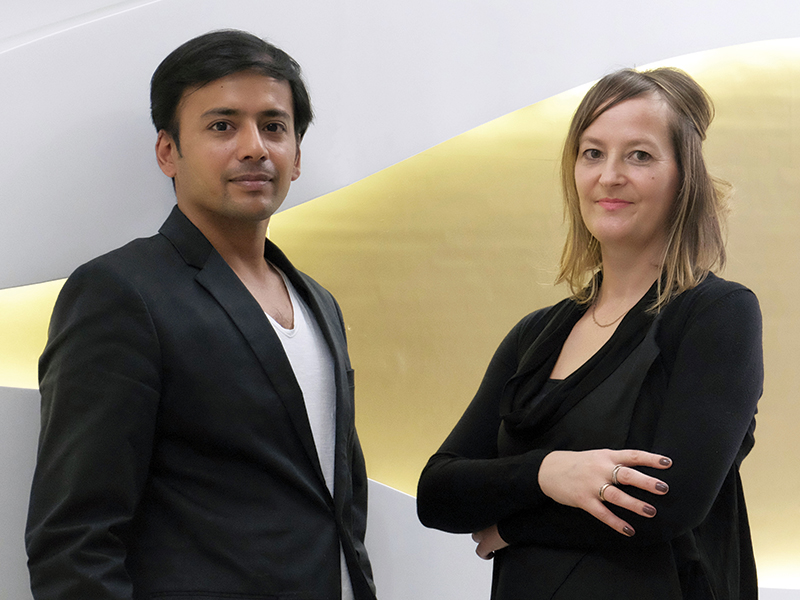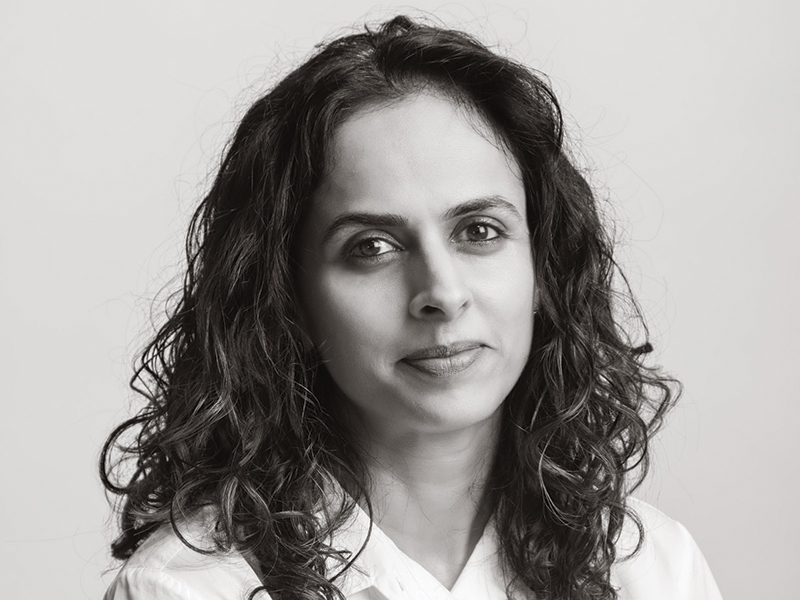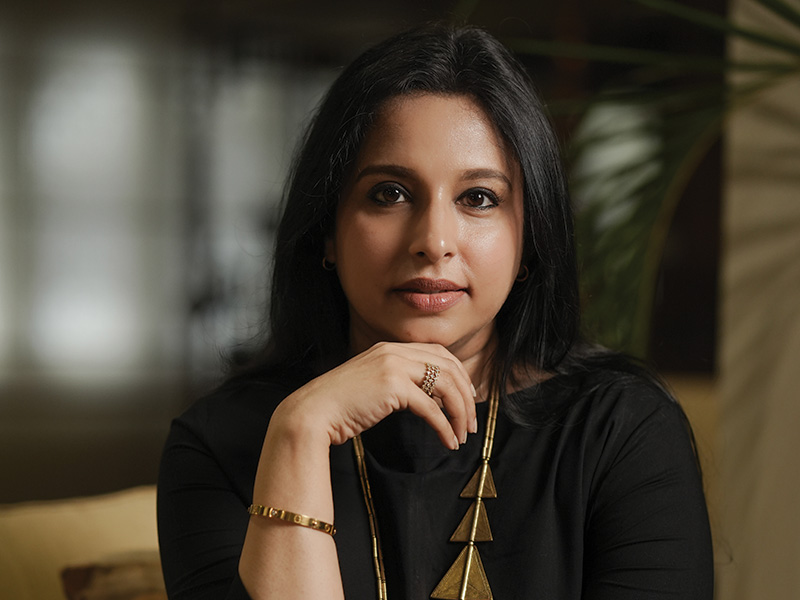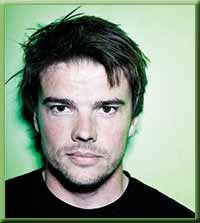
Architecture is the art and science of continually refurbishing the surface of our planet so that it fits to the way we want to live. Architecture is not the goal – but a bridge to reach the goal. The goal is to maximize the potential for unfolding human life to the fullest. And in our own humble way that's what we try to do - Bjarke Ingels
Founder of Bjarke Ingels Group (BIG), the Danish architect Bjarke Ingels was born on October 2, 1974 in Copenhagen. Studied architecture at the Royal Academy in Copenhagen and the Technica Superior de Arquitectura in Barcelona, Bjarke Ingels received his diploma in 1998. As a third year student he set up his first practice and won his first competition. From 1998-2001 he worked for Office of Metropolitan Architecture and Rem Koolhaas in Rotterdam.
In 2001, Bjarke Ingels co-founded PLOT Architects together with Belgian OMA colleague Julien de Smedt. The company rapidly achieved success, receiving significant national and international attention for their inventive designs. Despite great success, PLOT was disbanded in January 2005 and Bjarke Ingels created Bjarke Ingels Group, BIG in the same year which he heads today.
With BIG, Bjarke Ingels has continued the ideology from PLOT and has several major projects under construction or development both in Denmark and abroad. In his practice, Bjarke Ingels often tries to achieve a balance between playful and practical approaches to architecture. According to him "Historically the field of architecture has been dominated by 2 opposing extremes. On one side an avant-garde full of crazy ideas. Originating from philosophy, mysticism or a fascination of the formal potential of computer visualizations they are often so detached from reality that they fail to become something other than eccentric curiosities. On the other side, there are well organized corporate consultants that build predictable and boring boxes of high standard. Architecture seems to be entrenched in two equally unfertile fronts: Either naively utopian or petrifying pragmatic."
But we at BIG believe that there is a third way wedged in the no mans land between the diametrical opposites. Or in the small but very fertile overlap between the two. A pragmatic utopian architecture that takes on the creation of socially, economically and environmentally perfect places as a practical objective. In our projects, we test the effects of scale and the balance of programmatic mixtures on the social, economical and ecological outcome. Like a form of programmatic alchemy we create architecture by mixing conventional ingredients such as living, leisure, working, parking and shopping. Each building site is a test-bed for its own pragmatic utopian experiment. At BIG, we are devoted to investing in the overlap between radical and reality. Choosing between them you condemn yourself to frustrated martyrdom or apathic affirmation. By hitting the fertile overlap, we architects once again find the freedom to change the surface of our planet, to better fit the way we want to live. In all our actions, we try to move the focus from the little details to the BIG picture."
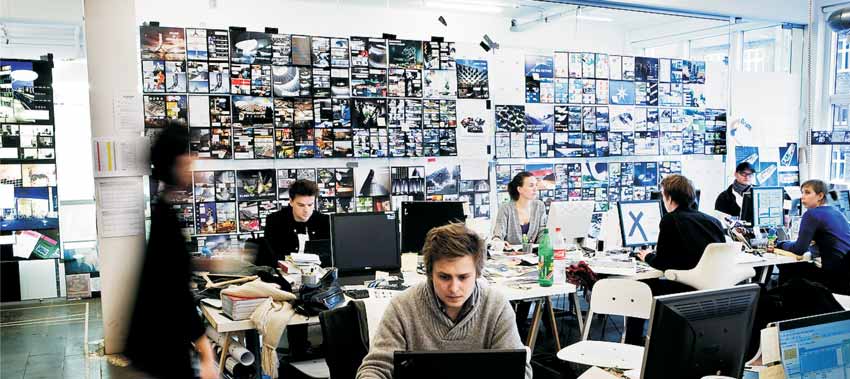
Through a series of award-winning design projects and buildings, Bjarke Ingels has created an international reputation as a member of a new generation of architects that combine shrewd analysis, playful experimentation, social responsibility and humour. In 2004, he was awarded the Golden Lion at the Venice Biennale for the Stavanger Concert House, and the following year he received the Forum AID Award for the VM Houses, his latest completed project, The Mountain, has received numerous awards including the World Architecture Festival Housing Award, Forum Aid Award and the MIPIM Residential Development Award.
Alongside his architectural practice, Bjarke has been active as a Visiting Professor at Rice University's School of Architecture and Columbia University's Graduate School of Architecture, Planning and Preservation. Bjarke is currently visiting professor at Harvard University where he is teaching a joint studio with the Business School and the Graduate School of Design. His "Yes is More" manifesto, is a comic book he created to express the importance of "thinking big," treating problems as challenges and finding sources of genuine inspiration.
BIG
BIG (Bjarke Ingels Group) is a Copenhagen based group of 85 architects, designers, builders and thinkers operating within the fields of architecture, urbanism, research and development. The office is currently involved in a large number of projects throughout Scandinavia, Europe, Asia, and the Middle East. BIG's architecture emerges out of a careful analysis of how contemporary life constantly evolves and changes.Not least due to the influence from multicultural exchange, global economical flows and communication technologies that all together require new ways of architectural and urban organization. The firm believes that in order to deal with today's challenges, architecture can profitably move into a field that has been largely unexplored. A pragmatic utopian architecture that steers clear of the petrifying pragmatism of boring boxes and the naïve utopian ideas of digital formalism.
In their projects, they test the effects of size and the balance of programmatic mixtures on the triple bottom line of the social, economic and ecological outcome. Like a form of programmatic alchemy they create architecture by mixing conventional ingredients such as living, leisure, working, parking and shopping. By hitting the fertile overlap between pragmatic and utopia, the architects once again find the freedom to change the surface of their planet, to better fit contemporary life forms. In all their actions they try to move the focus from the small details to the BIG picture.
Selected Projects
Some of BIG most prestigious projects include Faroe Islands Education Centre, Thorshavn, Faroe Islands, World Village of Women Sports, Malmö, Sweden, Shenzhen International Energy Mansion, Shenzhen, China, Astana National Library, Astana, Kazakhstan, New Tallinn City Hall, Tallinn, Estonia, Kaufhauskanal, Hamburg, Germany, New Tamayo Museum, Mexico City, The Battery, Copenhagen, Vejle Harbour, DK and Scale Tower Copenhagen etc.| Project | : Scala Tower |
| Collaborators | : Adams Kara Taylor |
| Size | : 45.000 M2 |
| Height | : 145 M |
| Location | : Copenhagen, Dk |
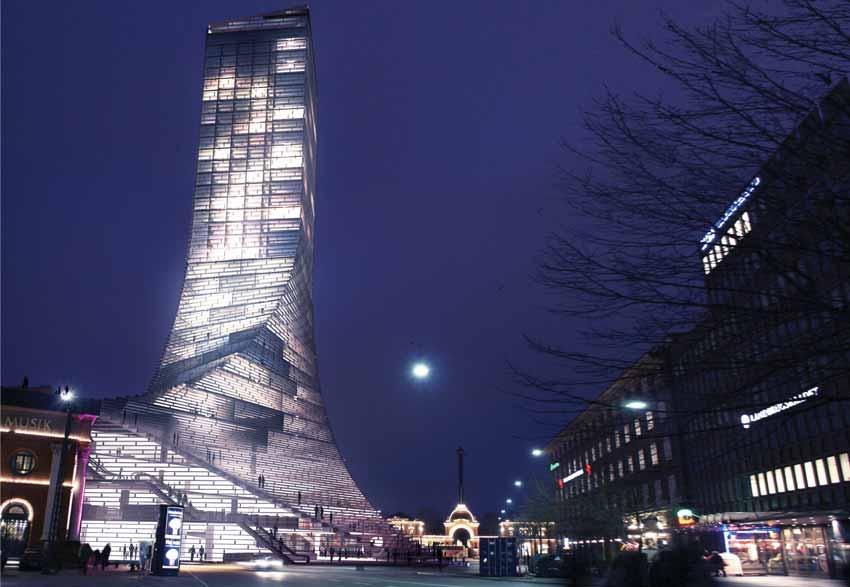
| Project | : Vejle Harbour |
| Program | : Masterplan and Housing |
| Client | : Kuben, |
| Collaborators | : JDS, Cowi, NCC |
| Size | : 100 Ha |
| Location | : Vejle, DK |
